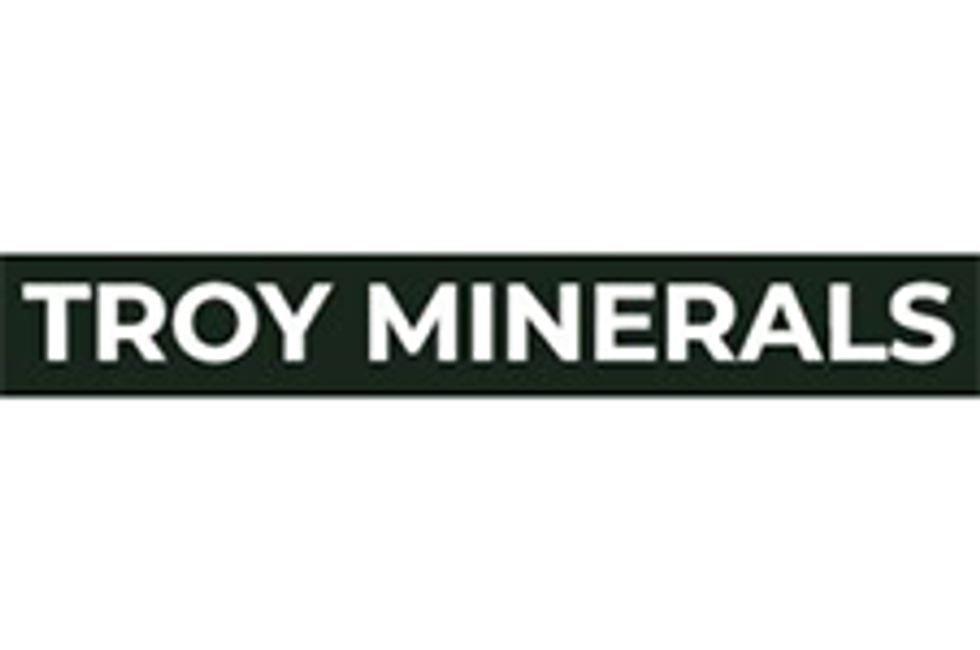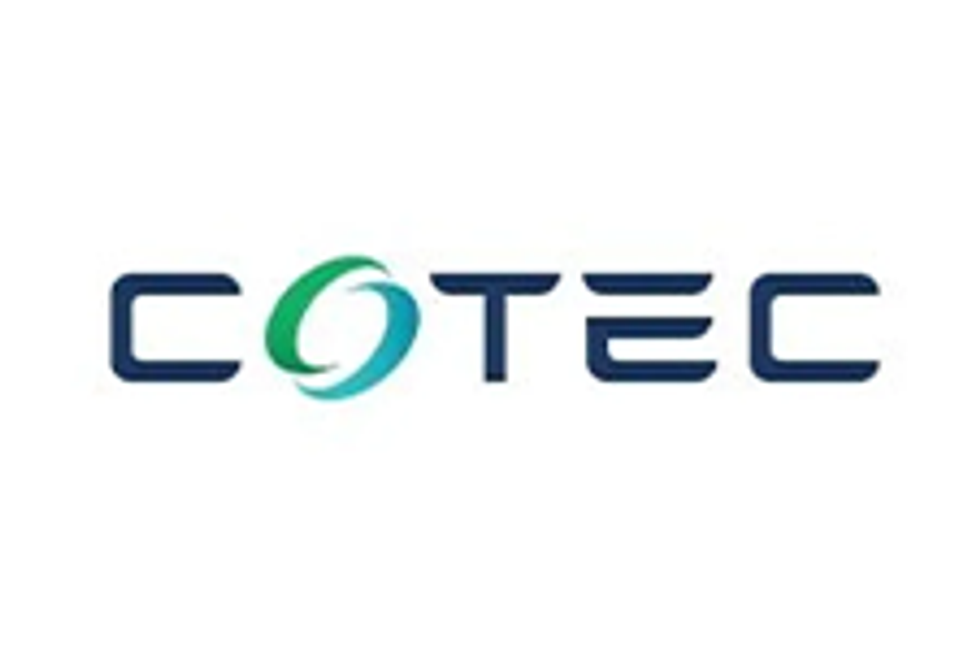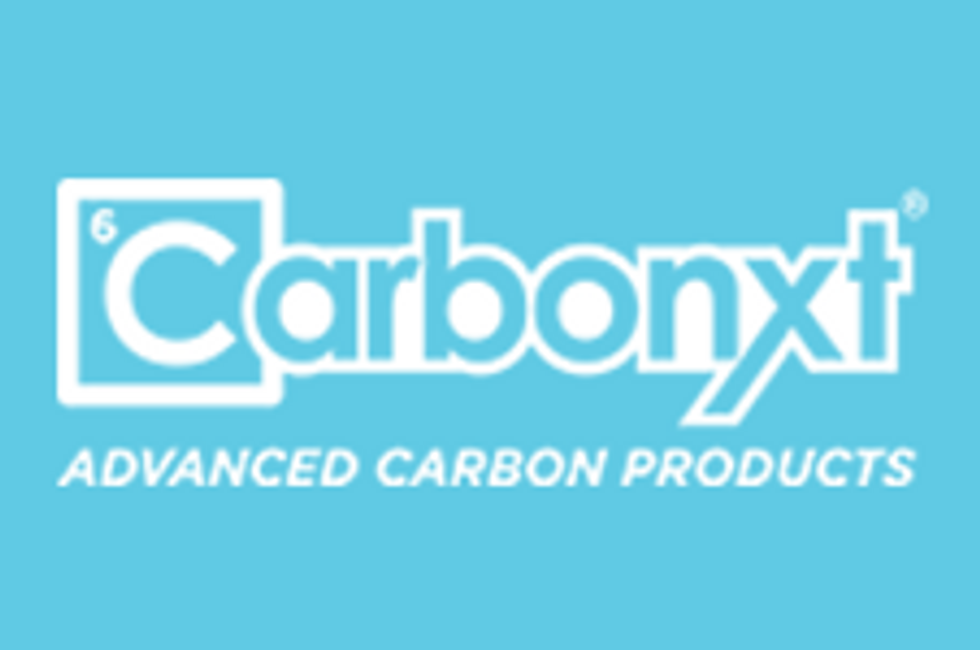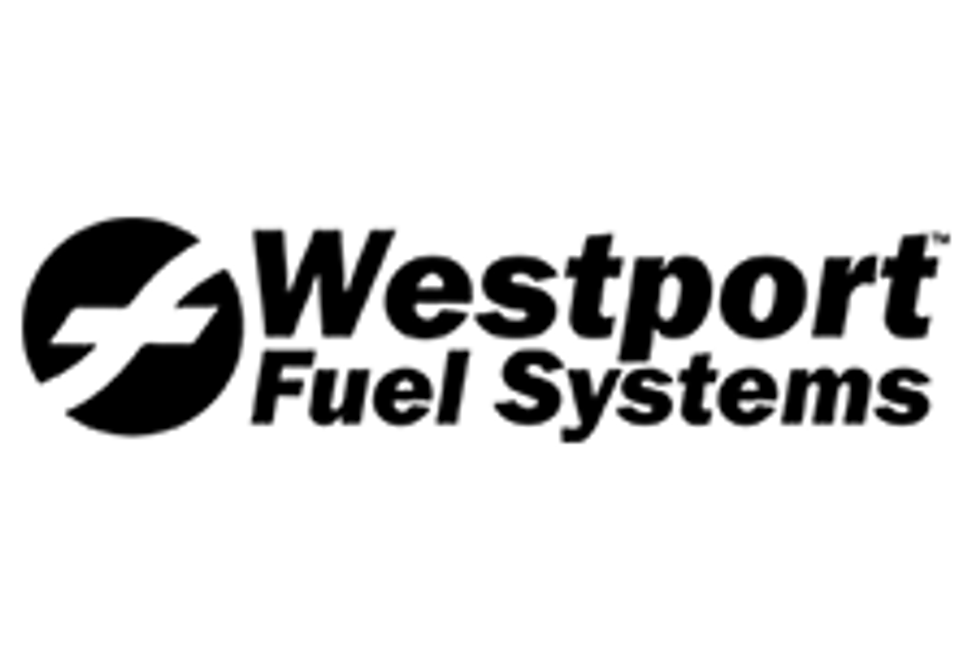Sustainability via Repurposing of Asphalt Roofing Shingles

In the realm of construction, a circular economy in the repurposing of particular construction waste like metals and asphalt shingles already demonstrates tremendous economic upside.
Construction and demolition debris is estimated to be almost one-quarter of the total waste generated in the United States in one year. Not surprisingly, the asphalt market alone makes up a significant portion of total construction waste. The rapid development of land, gentrification of neighborhoods, cyclical roofing replacements, and general infrastructure projects are only contributing to this total. This is a massive global problem that very few people know about.
But just how bad is it? According to the US Environmental Protection Agency, approximately 11 million tons of asphalt roofing shingles are disposed of each year, contributing to over a million tons of waste produced by the roofing industry and companies are increasingly looking for methods to both offset their carbon footprint from re-using single-use products and find environmentally-friendly sourced products for their businesses. Landfills across North America are already over-crowded. Single-use asphalt shingles do not biodegrade or decompose and will sit in landfills for hundreds of years.
This article outlines the unique investment opportunities provided by repurposing within the multi-billion dollar construction industry in North America. Combining the perfect storm of sustainable solutions and economic upside, this unique sector of construction demonstrates that one man’s trash is indeed another man’s treasure.
What is the Circular Economy?
A circular economy seeks to rebuild capital, whether this is financial, manufactured, human, social or natural, focusing on positive society-wide benefits. The circular economy is an economic system that tackles global challenges like climate change, biodiversity loss, waste and pollution. It is about designing products and solutions that can be made to be made again. It is based on three principles:
- Design out waste and pollution
- Keep products and materials in use
- Regenerate natural systems
This economic modelling has picked up popularity as the world transitions to more renewable
products. It outlines gradually decoupling economic activity from the consumption of finite resources and decreasing or diverting waste out of the system. This ensures an enhanced, sustainable flow of products within our society.
The nature of a circular economy aims to build and rebuild overall economic system health. This means appreciating the importance of efficiency at all scales, including large and small businesses, organizations and individuals. Additionally, this model works to reduce the negative impacts of the linear economy but also represents a systemic shift, which builds long-term efficiencies, generates business and economic opportunities and provides environmental and societal benefits.
Repurposing Construction Materials: Best Practices in North America
Construction and demolition (C&D) materials are generated when new building and civil-engineering structures are built and when existing buildings and civil-engineering structures are renovated or demolished. Civil-engineering structures include public works projects, such as streets and highways, bridges, utility plants, piers, and dams.
According to the United States Environmental Protection Agency, 600 million tons of C&D debris were generated in the United States in 2018, which is more than twice the amount of generated municipal solid waste. Additionally, just over 455 million tons of C&D debris were directed to next use and just under 145 million tons were sent to landfills. To combat high levels of total waste, many organizations have turned to more sustainable solutions.
- Source Reduction: This solution reduces life-cycle material use, energy use and waste generation. EPA gives it the highest priority for addressing solid waste issues. Eliminating the possibility of waste in the first place reduces total waste in the long run.
- Salvaging and reusing C&D materials: Demolishing existing buildings and disposing of the debris is not a resource-efficient practice. Recovering used, but still-valuable C&D materials for further use is an effective way to save money while protecting natural resources.
- Deconstruction: This is the process of carefully dismantling buildings to salvage components for reuse and recycling. Deconstruction can be applied on several levels to salvage usable materials and significantly cut waste.
- Buying used C&D materials and recycled content products: Transferring use in new construction projects is a solution that can help boost the local economy as recovered materials are typically locally sourced.
In the realm of construction, a circular economy in the repurposing of particular construction waste like metals and asphalt shingles already demonstrates tremendous economic upside.
Repurposing Asphalt Shingles
is a component of construction and demolition recycling. Like other materials needing to be repurposed, the creation of markets for this material is critical to the success of this activity, creating the necessary demand to stimulate industry growth.
Asphalt shingles offer many avenues for repurposing. Notable uses include combination with hot-mix asphalt to improve the performance of pavement, constructing temporary roadways, road aggregation and filling potholes. Other repurposing uses include more green processed asphalt output, which all contribute to the circular economy of this still valuable material.
One company focused on asphalt repurposing is Northstar Clean Technologies (TSXV:ROOF). The Vancouver-based clean technology company processes, extracts and recovers the three primary components from single-use asphalt shingles: liquid asphalt, fiber and aggregate. The company has a fully constructed Empower Facility in Delta, British Columbia and a proprietary design process, which primes it for expansion opportunities in the near future.
Northstar operates a unique proprietary design process and clean technology solution with 99 percent single-use asphalt shingle component extraction and recovery capabilities that would otherwise be sent to a landfill. Northstar has two major revenue streams which give the business model scalable expansion potential: i) inputs – via “tipping fees”, which are generate revenue when for receiving single-use asphalt shingle waste to be used as inputs; and ii) outputs – via sale of liquid asphalt, fiber and aggregate output which are the recovered primary components from those shingles.
Market Opportunities
At present, an estimated 80 percent of US homes have asphalt shingles. This presents the opportunity for clean technology and asphalt shingle repurposing companies like Northstar to generate revenue from tipping fees to accept old shingles and from sales of processed material. As previously noted, markets for recycled asphalt shingles include existing early-stage markets such as hot-mix asphalt and cold patch and other emerging and potential markets for processed asphalt shingles.
Analysts project the global asphalt market to reach US$8172.4 million by 2026 and anticipate a CAGR of more than 2.3 percent from 2021 to 2026. With the world shifting to more environmentally-friendly solutions for waste reduction and recycling, investors could see significant economic upside by investing in leading companies driving sustainable construction and sustainable waste recovery and repurposing to new innovative heights in this rapidly growing market space.
Takeaway
The problem of asphalt shingles being dumped in landfills across North America is significant. Many people are unaware of what happens to these products. Construction and demolition debris is estimated to be almost one-quarter of the total waste generated in the United States in one year! With growing shifts to sustainable, clean technology solutions for waste management, recycling and repurposing businesses present exceptional economic opportunities across the board, especially for the multi-billion dollar global asphalt shingles market.
This INNSpired article was written as part of an advertising campaign for a company that is no longer a client of INN. This INNSpired article provides information which was sourced by INN, written according to INN's editorial standards, in order to help investors learn more about the company. The company’s campaign fees paid for INN to create and update this INNSpired article. INN does not provide investment advice and the information on this profile should not be considered a recommendation to buy or sell any security. INN does not endorse or recommend the business, products, services or securities of any company profiled. If your company would benefit from being associated with INN's trusted news and education for investors, please contact us.
- How ESG Investing Can Produce Higher Returns with Less Risk | INN ›
- Northstar Clean Technologies | INN ›





